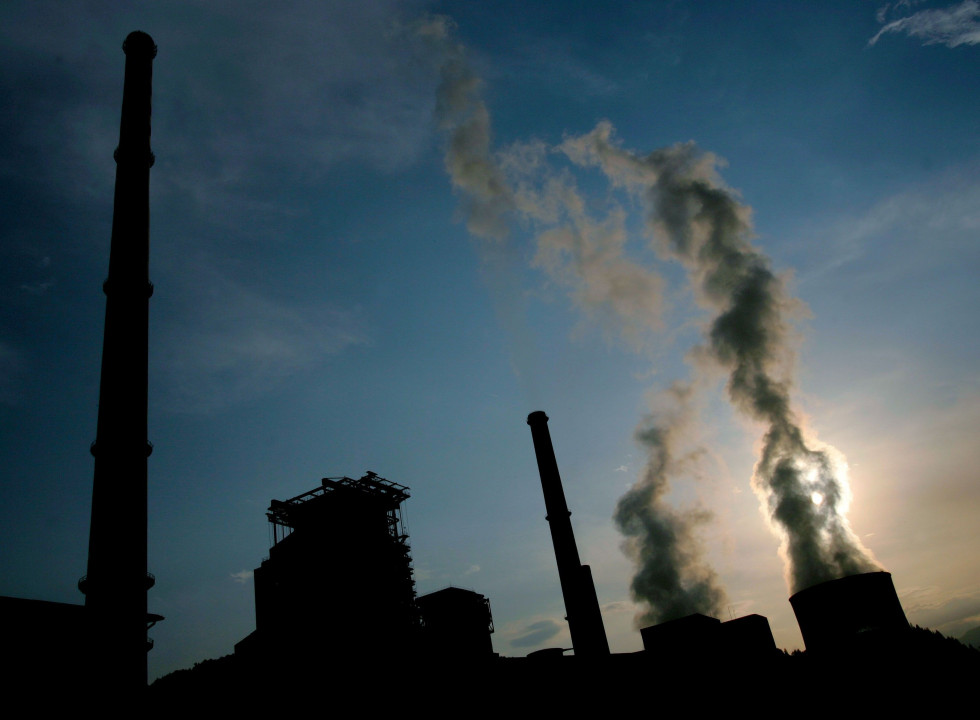Slovenia hits greenhouse gas emission targets
In 2017 we posted a 2.8 percent reduction of greenhouse gas emissions, and we are upholding our commitments regarding the reduction of greenhouse gas emissions under the EU’s climate and energy package and our international obligations, and are meeting our targets.
The Climate Mirror summarises the main findings on the implementation of already adopted measures for the reduction of greenhouse gas emissions. It focuses on measures in three areas: sustainable mobility and behaviour of users, with an emphasis on public transport, emissions from cattle breeding, and encouraging companies to transition to a low-carbon society. The largest share of emissions not included in the European emissions trading system in 2017 was generated by transport, at nearly 51%. Agriculture in Slovenia contributes a little less than 10% of all greenhouse gas emissions, which represent more than 15% of emissions in sectors that are not included in the emissions coupon trading scheme.
Carbon productivity in Slovenia improved by 6% in 2017 – emissions were reduced while economic activity increased, therefore we are also successfully pursuing Slovenia’s strategic development objectives.
Minister of the Environment and Spatial Planning Simon Zajc noted that: “Climate measures can only be solved by working together, all the ministries, all the municipalities, all companies and every individual. We will all be affected by the consequences of climate change, and therefore we have to be decisive and ambitious.”


